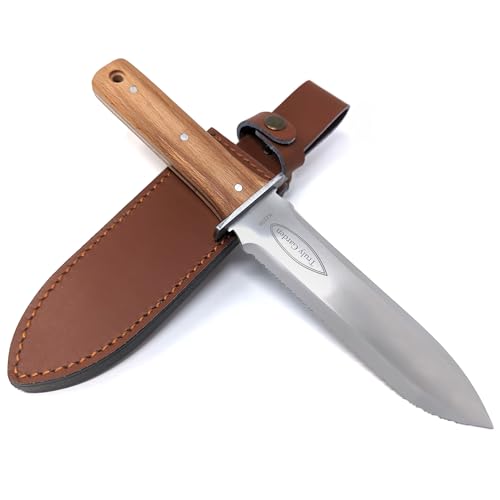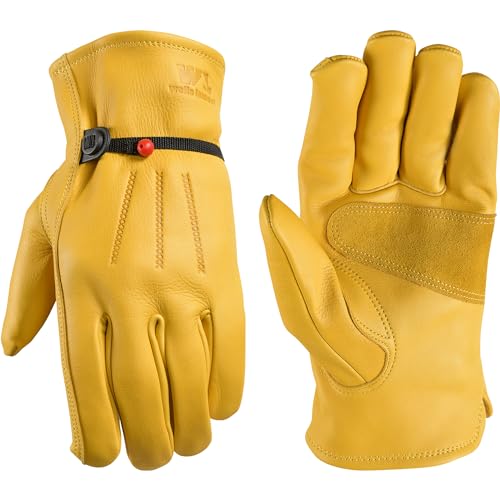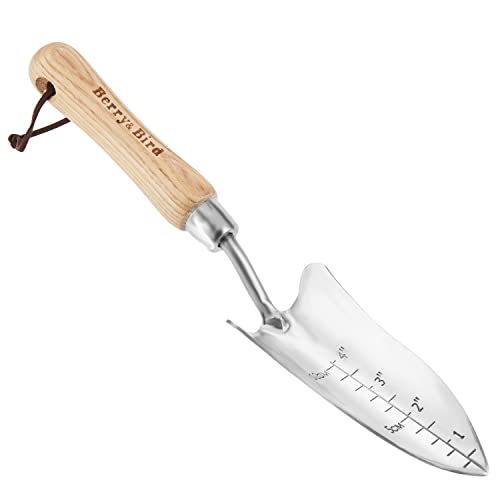5 ground cover plants that thrive on neglect – tough, low-maintenance options to cover bare soil with foliage and flowers
From dry shade to damp clay, these versatile and resilient plants will prove useful in any yard
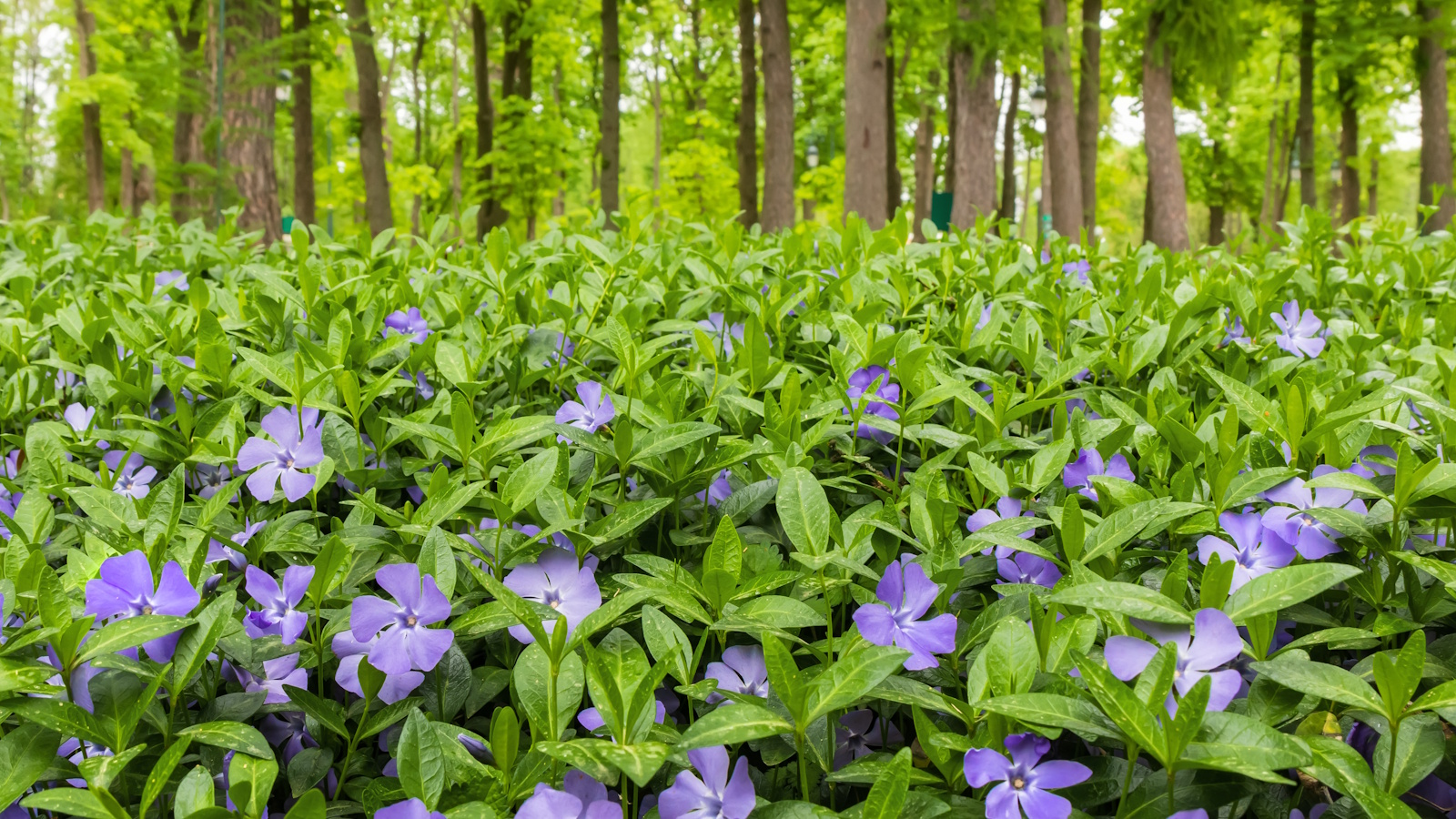

Ground cover plants that thrive on neglect are invaluable. They save time, suppress weeds and keep soil shaded and cool. In every garden I’ve worked in, from large Italian estates to compact city plots in London, I have come to appreciate these hard workers that can fill challenging spots in any yard.
But, let’s be clear, no plant is zero-maintenance. These species might tolerate drought, poor soil and dark shade, but they’ll still benefit from the occasional trim or tidy. And some, like vinca or wild ginger, can spread more than you might like, so considering what should and should not be planted in your area is important.
Below are five best ground cover plants I’ve grown and trusted over the years working as a professional gardener. Whether it’s the silver foliage of lamb’s ear softening a stone path or Japanese spurge filling bare spots beneath shrubs, these ground cover plants that thrive on neglect prove that beauty and resilience can go hand in hand.

5 ground cover plants that thrive on neglect
While care for each of these ground cover plants will vary depending on where you live and your US hardiness zone, once they’re established, these tough and versatile species will manage without regular watering, feeding, or attention.
That said, plant with caution. Many of these plants are vigorous, and while they like to be left alone to scramble and crawl and creep, in some regions, they can get out of control, and may be considered invasive ground cover plants to avoid in your region.
1. Wild Ginger
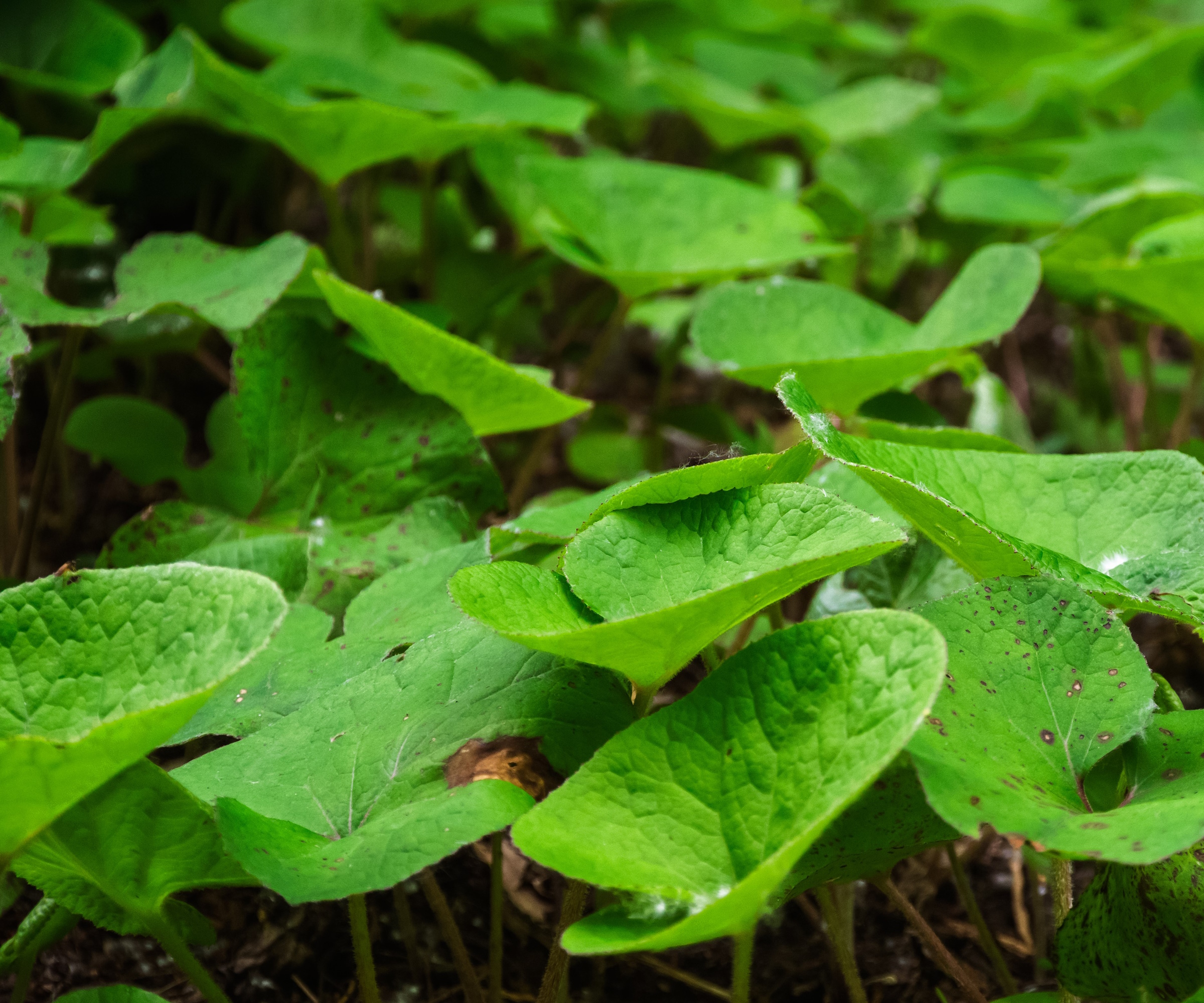
One of the best native ground cover plants to stop weeds has to be wild ginger. Hardy down to zone 3, this tough North American species thrives in dark and damp woodlands across much of Canada and the United States.
In terms of how to grow wild ginger, or Asarum canadense, this plant does best in shady spots and in soils that retain a little bit of moisture.
Design expertise in your inbox – from inspiring decorating ideas and beautiful celebrity homes to practical gardening advice and shopping round-ups.
However, I have known this species to thrive in moist, swamp-like soils, as well as dry, rooted soil under large trees. So wherever you plant it, wild ginger tends to grow just fine.
Be warned, however, that this vigor can be a problem, and if left alone to spread, wild ginger can be considered an invasive plant outside of its native range. For this reason, always do your homework before planting in your yard.
Find wild ginger seeds online at Walmart.
2. Wild geranium
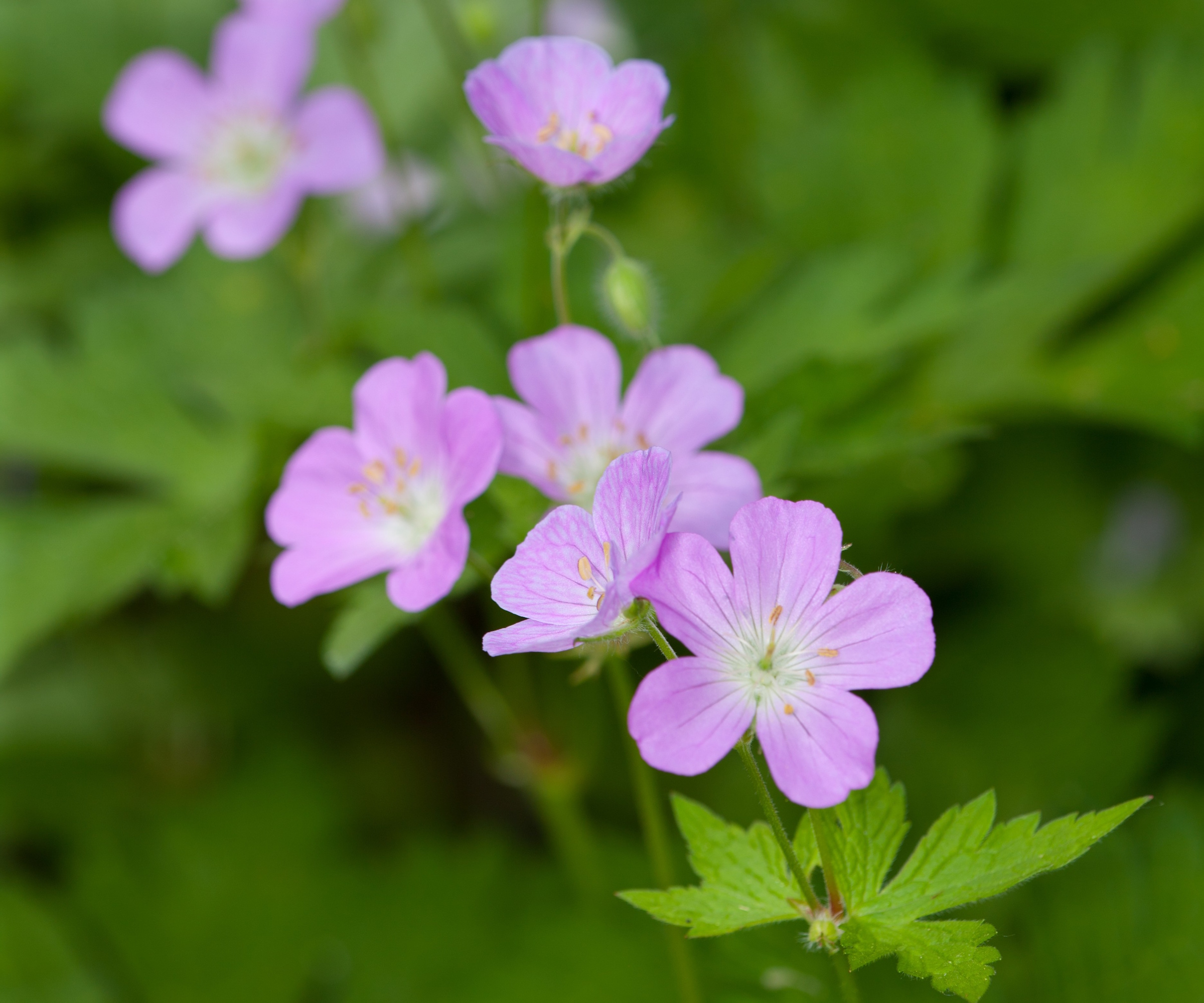
For a hardy geranium variety, you will not find much better than wild geranium. Native to woodlands across North America, wild geraniums, or Geranium maculatum, are some of the easiest ground cover plants to grow.
In terms of how to grow wild geraniums, this hardy and pest-resistant species can be planted from zone 3 to zone 8.
These are considered perennials that thrive on neglect, and can be left alone to root and spread under large trees and woodland beds.
They are remarkably adaptable to a wide range of climates and situations, growing just fine in both shade and sun. In cooler, northern regions, including zone 3 and 4, I would suggest providing some sunshine, but in southern areas, shady protection is best.
Once settled, wild geraniums will produce masses of pale pink blooms in spring, whilst the attractive palmate foliage will last right through to the first frost.
For a bright pink geranium, try this 'New Hampshire' variety at Nature Hills. This option would require more sunshine than the wild variety, but once established, it will work just as well as a ground cover.
3. Periwinkle
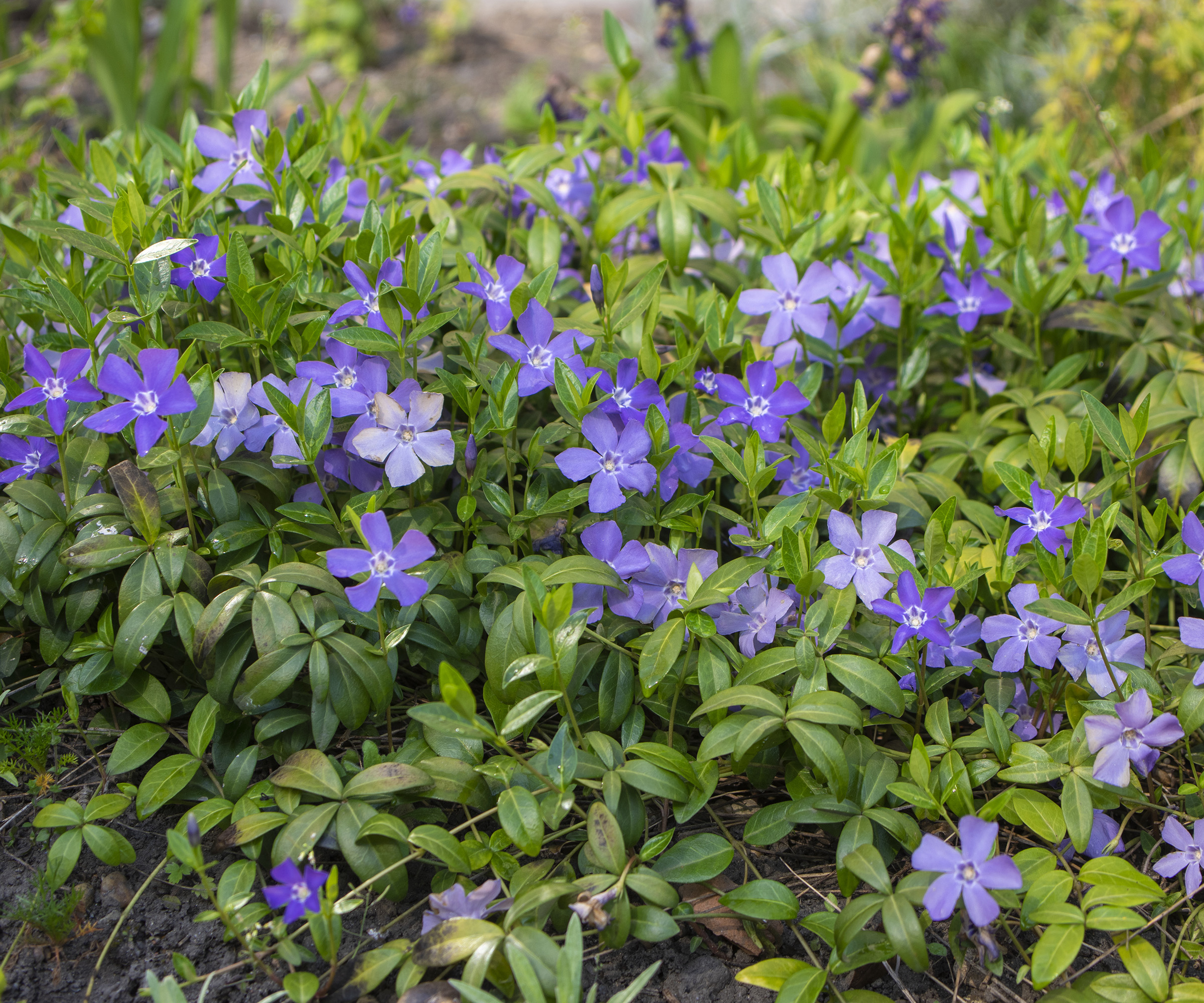
If you are seeking evergreen ground cover plants that will cover beds and borders year-round, then periwinkle is a fast-growing option to consider.
Periwinkle, Vinca minor or Vinca major, is an impressive, low-growing plant. I have used this as a ground cover on many occasions, and its creeping habit can help to bind soil in sloping yards, as well as cover empty beds to prevent soil erosion.
In terms of how to grow periwinkle, it is hardy down to zone 4. This evergreen thrives in dry shade, but in my experience, will grow almost anywhere, from scorching beds to dark corners.
Periwinkle can spread by rooting as stems make contact with the soil, and, while this is helpful if you want to cover large areas with greenery, it can also make this plant dangerous. In many states in the eastern US, it is considered an invasive perennial, so only plant it in your yard if you are able to control its spread.
Periwinkle can be purchased online at Nature Hills.
4. Lamb's ears
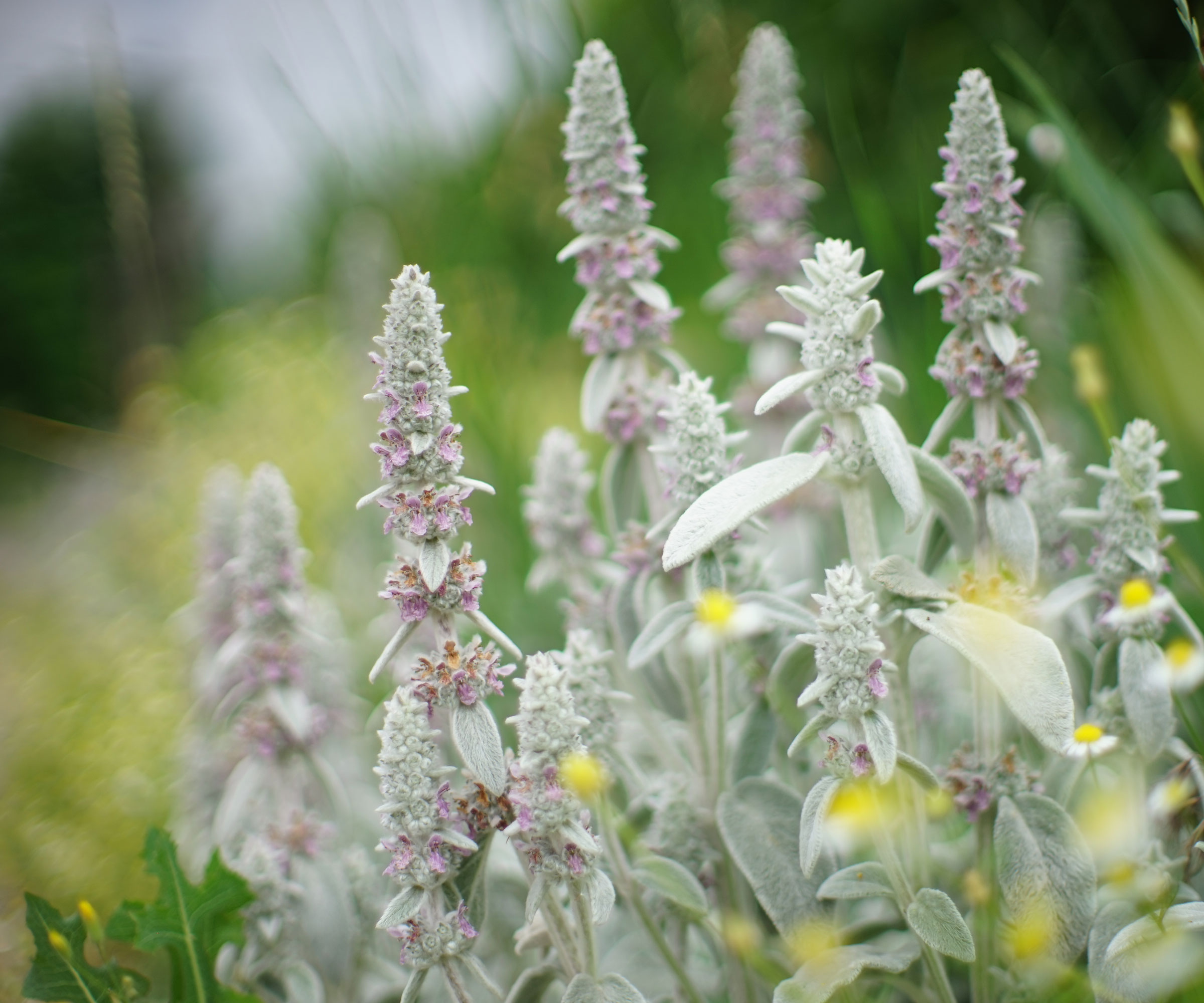
Stachys byzantina, or lamb's ears, is a good option if you have a sun-soaked yard. Indeed, these are some of the best full sun ground cover plants, able to handle direct sun and drought for long periods in summer.
I grew lamb’s ear in a private garden in Tuscany, where it crept along the edges of dry paths in the gravel garden. Lamb’s ear thrives in poor, well-drained soil and needs very little care once established.
In my opinion, it is one of the best plants with silver foliage, both beautiful and practical. People walked on it, porcupines ignored it... lamb's ear simply got on with things.
In terms of how to grow lamb's ears, this ground cover can be used from zone 4 to zone 10, thriving in full sun and well-draining soil.
Pink flower spikes shoot up in spring and early summer, as can be seen in the image above, but you can cut them back if the browning petals start to spoil the scene in June and July.
Lamb's ears starter plants can be bought online from Walmart.
5. Japanese Spurge
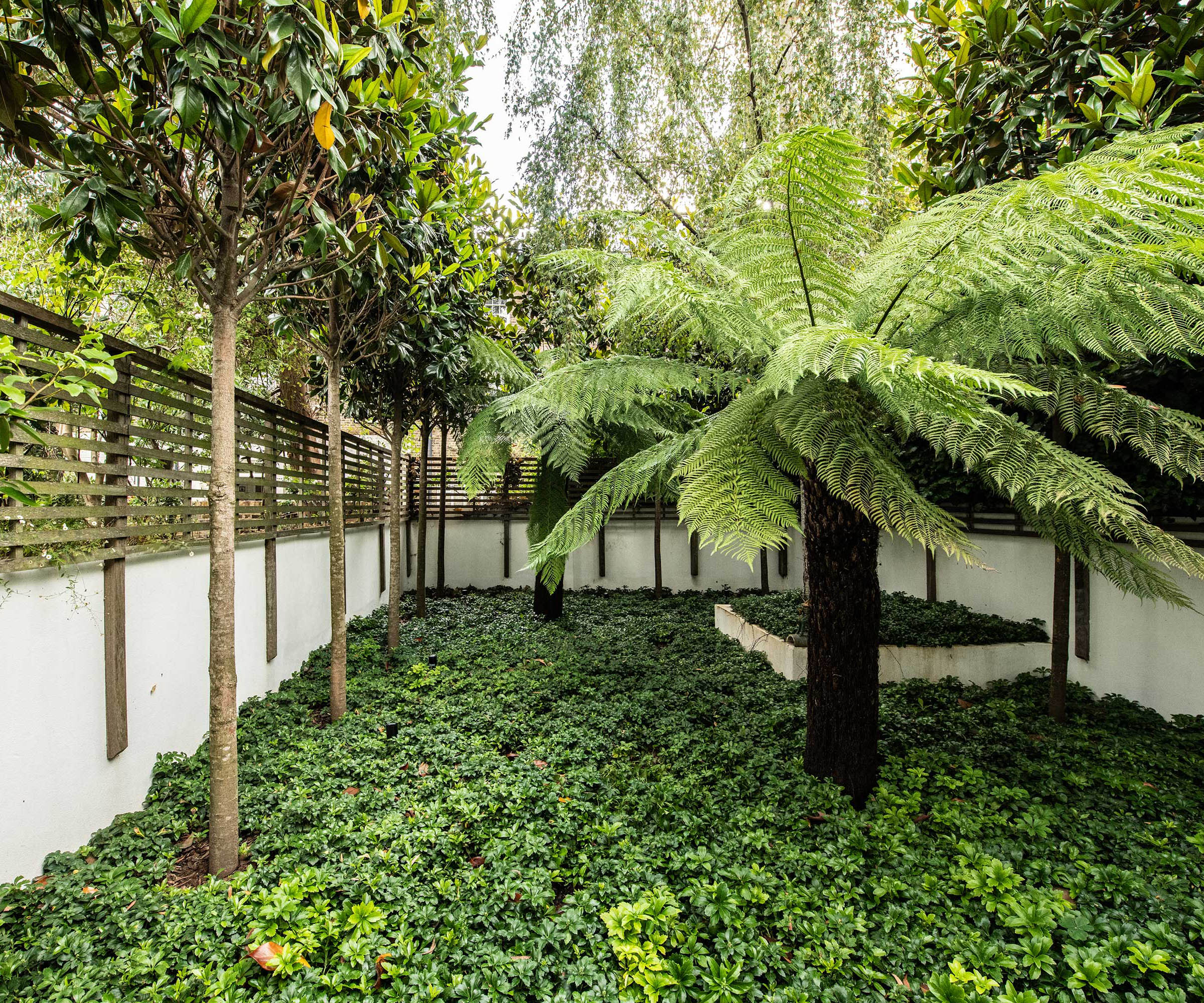
Japanese spurge, or Pachysandra terminalis, is an evergreen ground cover plant I have used in several backyards.
Garden designers love this species, and it is easy to see why. It’s not flashy, but it offers reliable, year-round coverage with thick, waxy green leaves that hold up well in shade.
I think Japanese spurge is one of the best plants for under trees, thriving in a situation where little else survives.
Growing best from zone 4 to zone 8, it is ideal for spaces where you want coverage without fuss.
A word of caution, however, is that Japanese spurge can be slow to get going. Often, it can take a year or two to establish, but with time, it will cover bare soil and fill challenging areas with dense foliage.
Japanese spurge plants are available at Walmart.
As with other plants in this list, Japanese spurge is considered thuggish in the right situation, growing a little too well for low-maintenance gardeners.
In both Washington and Virginia, it is classified as an invasive plant, so check with your local government office before planting in your yard.
FAQs
Is ivy an easy, low-maintenance ground cover?
Yes, ivy is considered an easy plant to grow. It is evergreen and shade-tolerant, and will quickly cover borders under trees and shrubs. However, its vigor can be a problem, and without regular pruning, it will smother nearby plants and dominate your yard. So, while this tough option will fill spaces with greenery, only grow ivy if you are sure you can control it. English ivy live plants can be ordered online from Walmart.
When adding ground cover plants that thrive on neglect to your yard, be sure to firm them before deep watering, giving these tough species the best start in your yard. And, in no time at all, they will begin to settle and spread.
Once established, most of these species can be ignored, save for the odd spot of pruning and dividing on an annual basis.
For more plant inspiration, see our guide on the best flowering ground cover plants, and fill your yard with color. Our list has some unusual and bright species to try this year.
Shop gardening accessories

Thomas is a Content Editor within the Gardens Team at Homes and Gardens. He has worked as a professional gardener for both public spaces and private estates, specializing in productive gardening, growing food and flowers. Trained in Horticulture at the Garden Museum, he has written on gardening and garden history for various publications, including The English Garden, Gardens Illustrated, Hortus, The London Gardener and Bloom. He has co-authored a Lonely Planet travel book, The Tree Atlas, due out in 2024.
You must confirm your public display name before commenting
Please logout and then login again, you will then be prompted to enter your display name.
